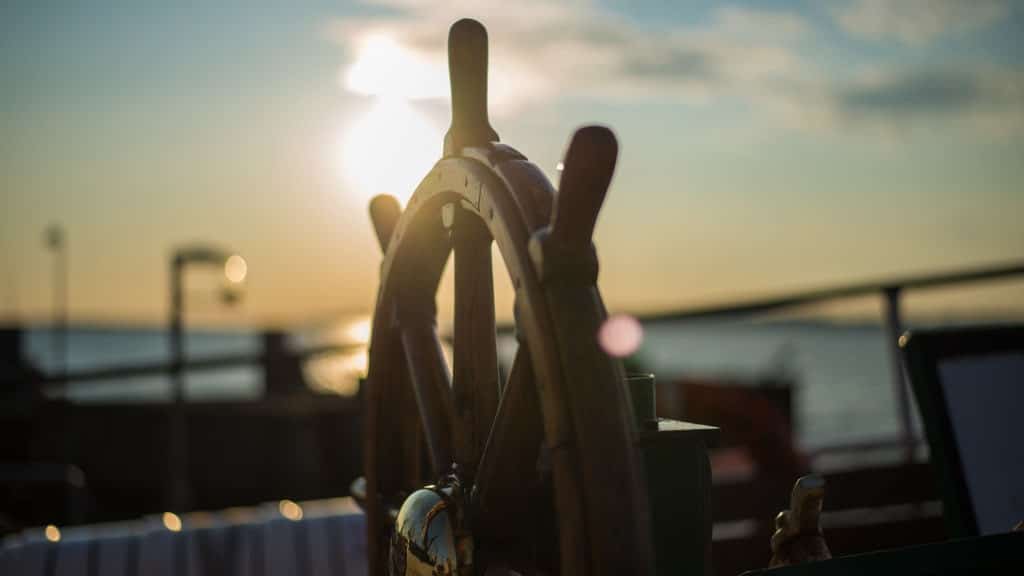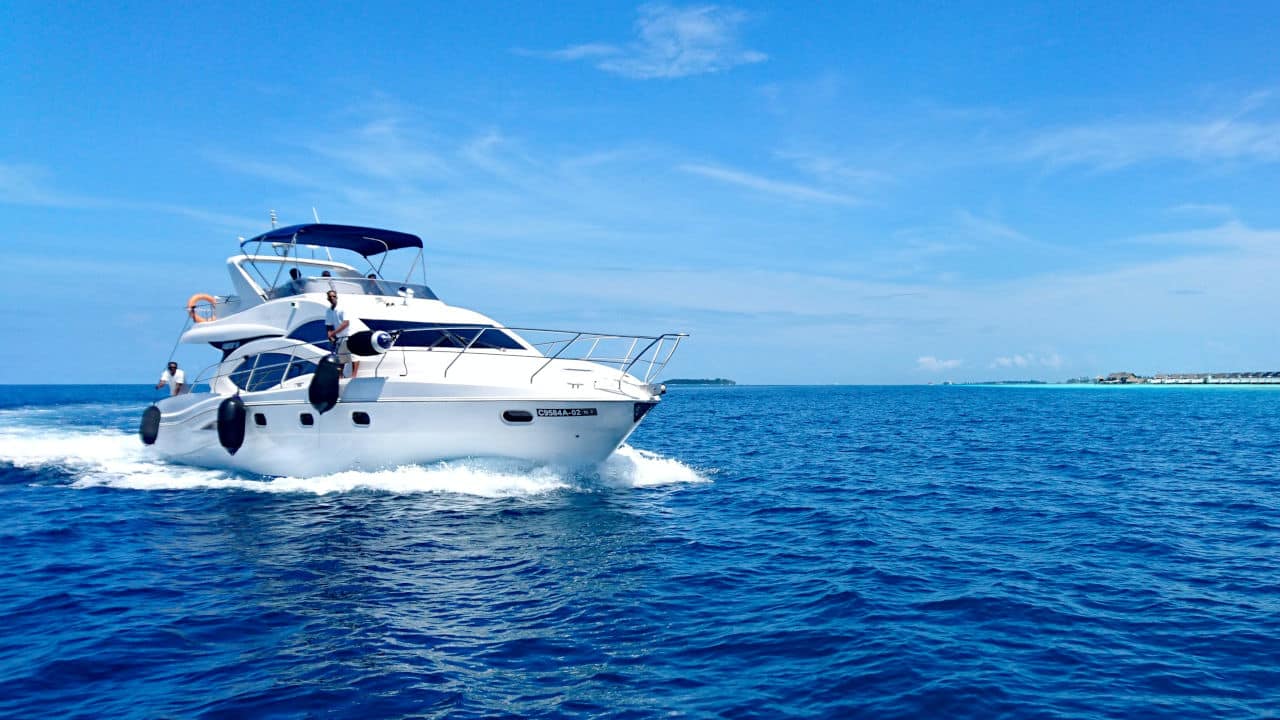It is legally required of manufacturers to create and market goods that adhere to safety regulations. If these are not adhered to, customers can suffer irreparable and avoidable harm. A boat defect can cause passengers aboard to experience catastrophic events like explosions, fires, collisions, groundings, and sinking because of faulty and dangerous products. Unfortunately, these incidents frequently cause property loss, personal injuries, and even fatalities.
In the event of a boat accident owing to a defective product, it is possible to use legal animation to illustrate the accident and how the defective product in the boat led to the accident.
Here are some of the common defects that can be found in a boat:
- Railing defect
- Defective navigational equipment
- Pilot ladder defect
- Dive gear defect
- Fishing vessel equipment defect
- Ship loading equipment defect
- Propeller defect

What Type of Boat Product Liability Action Can Be Instituted?
Product liability is an area of law that aims to make producers liable for products and devices that are dangerously flawed. These laws are intended to motivate companies to be proactive and take the required safety measures to protect customers from harm or death.
The law permits victims to hold the manufacturer of the defective goods financially liable when someone is gravely injured or killed due to a defect.
In a dispute involving product liability against a boat or component manufacturer, the injured party may seek one of three possible paths to financial recovery.
Legal animation can be used in all of these actions to reenact the incident and how the defective product led to the harm or financial loss incurred.
Here are the types of actions that can be instituted in a product liability case involving a defective boat design:
- Negligence
This type of lawsuit helps to prove that the defendant failed to design or build its product the same way a reasonably responsible manufacturer would have.
According to the law, businesses must take reasonable measures while planning, producing, and checking their products before selling them to the general public.
Additionally, the law compels manufacturers to include fair warnings with items that highlight the risks they may pose to users of these devices, such as marine outboard motors and sterndrives, which are innately harmful.
In fact, the failure of a business to adequately warn a customer about any potential threat can be enough evidence to support a claim for financial compensation.
While considering this type of lawsuit, legal animation can be used to illustrate the negligent product design of the manufacturer.
- Breach of Warranty
This is a separate legal remedy available under the law that derives from a breach of a contract.
In such cases, specific stated, written, or implicit guarantees may attest to the product’s quality, safety, and fitness for a certain use whenever a product is acquired from a company.
The injured party has the legal right to sue for breach of contract if a product, in this case, a boat, turns out to be harmful, in which case any associated guarantees may have been broken.
Legal animation can play a huge role in showing the breach in the warranty by highlighting every component that contributed to the injury suffered, whether physically or financially.
- Strict Liability
This is the third method of obtaining financial compensation in circumstances involving product liability.
These forms of legal action are based on a tort law that calls for plaintiffs to provide evidence to the court that the product or item was flawed.
Instead of proving that the seller was negligent, as is required in negligence lawsuits, the victim must show that the following conditions were met:
- The product was defective when it left the factory or the selling agent/control;
- The product was unreasonable dangerous;
- The product’s defect or faulty design resulted in the plaintiff’s injuries;
- There was no significant change in the product’s condition before it reached the consumer.
Using Legal Animation in Boat Defect Cases
It is important to know that a boat defective does not have to cause harm or death before the case can be taken to court.
Buying a boat is a huge financial investment that provides a commercial return or is satisfied with using a boat in good condition. This is why a lawsuit can be instituted if a boat sinks due to a hole or is damaged.
A pure case of financial loss is seen in the case of Dietz v. Waller, where a hole in the boat caused a lot of emotional distress, constant repairs, and a lack of enjoyment of the purchase based on guarantees of safety.
Whatever the effect of the defect in the boat, using legal animation to depict the intricacy of the case can be very effective in winning the case fair and square as well as getting as much compensation to cover the damage already incurred.
In a catastrophic case of loss of life or some other physical harm, legal animation can be used to depict the incident and the extent of the injury. One can acquire compensation for medical bills, loss of future earnings, lifelong disabilities, and emotional distress.
Conclusion
Legal animation is very effective in boat defect cases because the components can be animated for the jury to understand. It is, therefore, essential to make use of a good legal animation company to ensure that the animation is admissible when introduced into evidence in a court of law.





